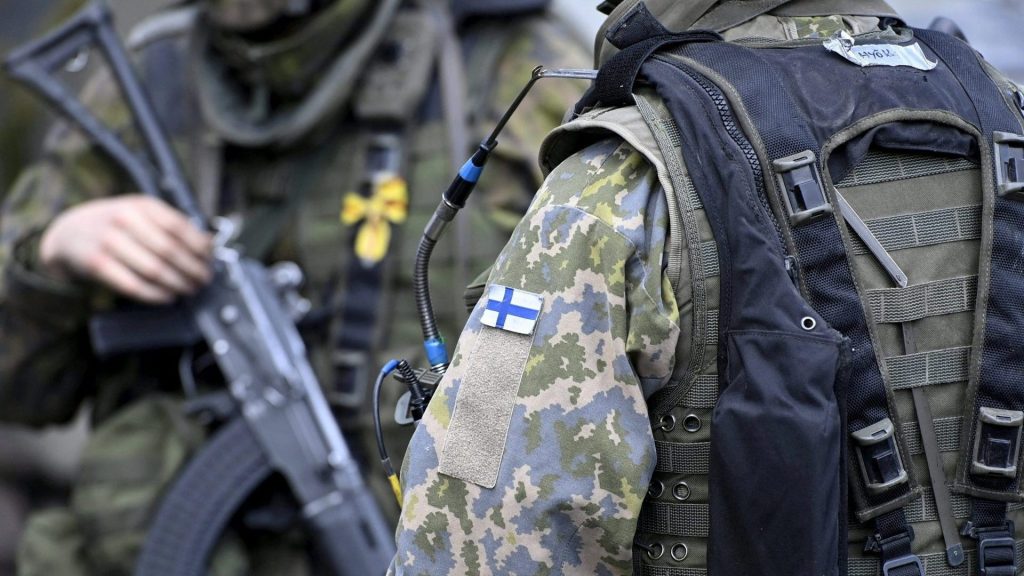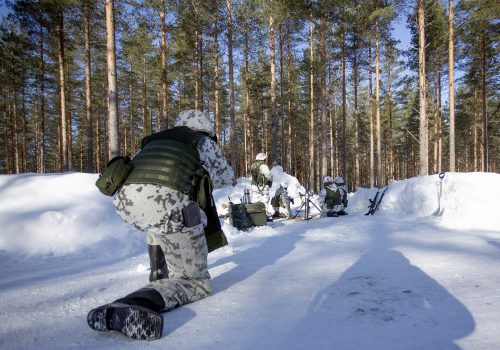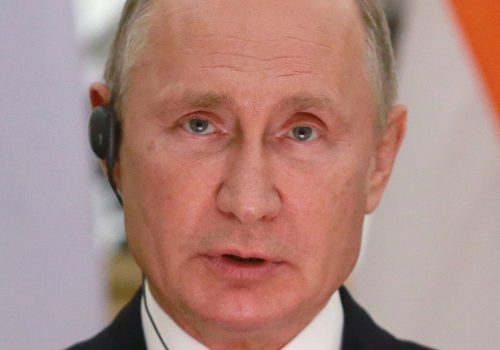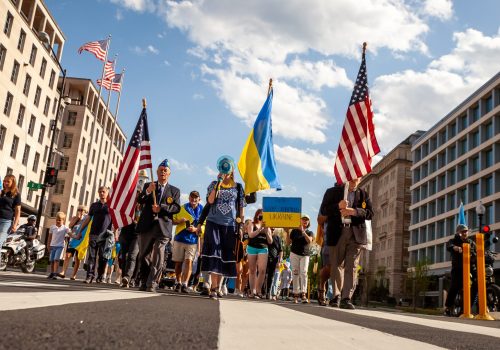
By now, it’s no secret: Russia’s full-scale invasion of Ukraine has triggered militarily non-aligned Finland and Sweden to reconsider their national security strategies. Thursday’s news that Finnish leaders want their country to join NATO “without delay” will likely be followed by a similar decision by Sweden.
NATO Secretary General Jens Stoltenberg has repeatedly said both are NATO’s “closest partners” and supports a fast-tracked accession—taking place over a matter of weeks, not months or years as for previous new members.
To that end, the two countries’ candidacies will look vastly different than anything since the end of the Cold War, thanks to the substance of their cases for membership and the context in which they will likely come about. This will probably happen on a much-expedited timeline.
The sixteen new members since the fall of the Berlin Wall all followed a predictable course: After signaling their intention to join NATO, the Alliance set up a Membership Action Plan (MAP) laying out the political, economic, and military reforms needed to meet NATO standards.
In most cases, the MAP process has lasted several years or more. All aspirants had previously been part of the Warsaw Pact, the former Yugoslavia, or the Soviet Union, and were transitioning from command to market economies. Their militaries had been trained under Soviet doctrine and equipment, and in most cases, their political systems needed to learn or relearn democratic procedures and standards.
Finland and Sweden, however, have long been democracies with liberal market economies—with militaries much more compatible with Western philosophies (albeit developed to function nationally, not collectively with NATO).
Despite their non-aligned status, both began cooperating with NATO through the Partnership for Peace program after its launch in 1994. This afforded the two countries extensive opportunities to exercise, train, and apply NATO standards to their national militaries. As the Alliance began leading international missions in the Balkans, Libya, and Afghanistan, Sweden and Finland continuously contributed with troops and operated side-by-side with allies.
That cooperation took a substantial new turn following Russia’s illegal annexation of Crimea and covert invasion of eastern Ukraine in 2014. With NATO focused on its core task of collective defense—amid mounting concerns in the Baltic Sea region about Russian force posture and assertive behavior—the Alliance realized it was crucial to work even more closely with Sweden and Finland, and vice versa. The countries signed Host Nation Support treaties with NATO and intensified consultations and information sharing, which also included preparations to plug into each other’s defenses, if necessary, and operate from each other’s territory.
Sweden and Finland’s readiness to join the Alliance, should they choose, has been hard earned. Not only have they practiced, exercised, and prepared extensively in the field, but they have also invested considerable political energy in confirming their commitment to NATO by participating in important working committees, such as the Civil Emergency Planning Committee, and routinely accept invitations to sit in North Atlantic Council ministerial meetings. Those include the most recent ones addressing Russia’s war in Ukraine. It is this prescient and painstaking work that makes a potential transition from partner to member so straightforward.
Both have also taken clear-eyed positions on Russia, which has spurred a sense of trust and is why both are perceived by NATO as part of the “Western camp” alongside formal members.
Since 2014, Sweden and Finland have pursued almost identical national-security strategies, with a focus on building deterrence and national-defense capabilities; creating a patchwork of deepened bilateral arrangements (most notably with the United States and the United Kingdom, but also between one another); and advocating strong support for a rules-based security order.
But as Russia’s aggression has exceeded all expectations, and as the European security order has deteriorated, informal arrangements have become insufficient for Sweden and Finland. Both are EU members and solid democracies with sophisticated economies, secure borders, and small but highly advanced militaries. Having them graduate from partners to allies will increase deterrence in the Nordic-Baltic region and strengthen the transatlantic link—and in ways that would put little burden on the Alliance, except in extremis.
For all these reasons, NATO will be able to make a quick decision to invite Sweden and Finland, while rapid ratification processes are expected soon after in most allied parliaments. Any speed bumps will result from issues unrelated to Sweden’s or Finland’s fitness or readiness to join.
Christopher Skaluba is the director of the Transatlantic Security Initiative at the Atlantic Council’s Scowcroft Center for Strategy and Security.
Anna Wieslander is the director of Northern Europe at the Council’s Europe Center.
Further reading
Thu, May 12, 2022
FAST THINKING: Why Finland and Sweden are feeling secure about NATO membership
Fast Thinking By
How did the two countries arrive so quickly at this juncture? And what opportunities and dangers lie ahead? Our experts in Helsinki, Brussels, and Washington have the answers.
Tue, May 10, 2022
Will Putin use nuclear weapons in Ukraine? Our experts answer three burning questions.
New Atlanticist By
Our nuclear experts weighed in on the chances of Putin taking the fateful step, how he might do it, and how the West would likely respond.
Tue, Apr 26, 2022
From one US ambassador to Ukraine to another: An urgent to-do list
New Atlanticist By John E. Herbst
Former US envoy to Ukraine John E. Herbst offers a few words of wisdom to Bridget Brink.
Image: Finnish soldiers take part in a mechanized exercise in Kankaanpaa, Finland, on May 4, 2022. Photo by Heikki Saukkomaa/Lehtikuva via REUTERS



